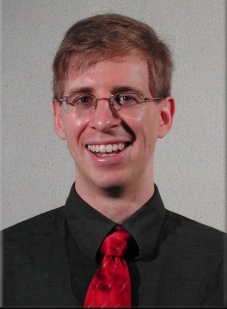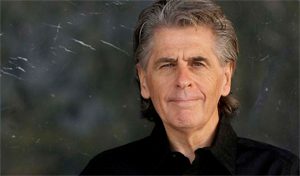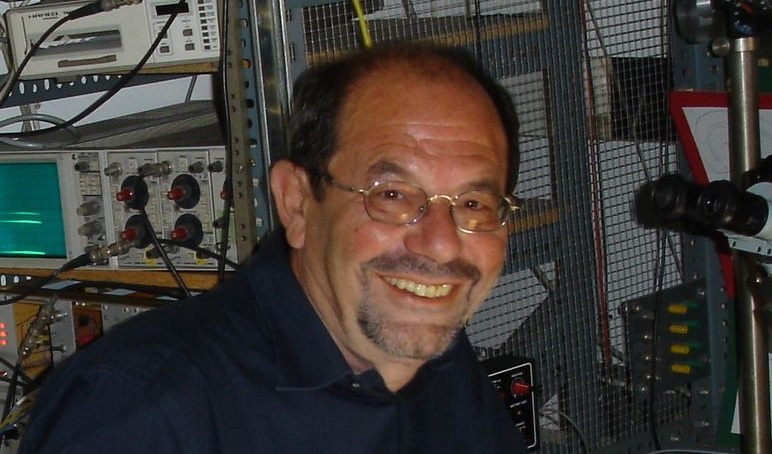The Mathematics Department and the Quantitative Biology Institute present a colloquium on “Dynamical Architectures for Controlling Feeding in Aplysia californica” by Kendrick Shaw of the M.D.-Ph.D. Medical Scientist Training Program at Case Western Reserve University. The colloquium is Wednesday, Oct. 23, at 4:10 p.m. in Morton 122.
Refreshments will be served at 3:30 in Morton 325. For more information, contact Todd Young, 740-593-1277.
“For behaviors such as swallowing, walking and swimming, the nervous system must reliably generate sequences of motor behavior,” notes Shaw in his abstract. “Two competing models have been proposed for how this task is accomplished— chain reflex theory and central pattern generator theory.
“Chain reflex theory posits that the nervous system contains a sequence of reflexes, so that the action of one reflex creates the sensory input required to trigger the next. In contrast, central pattern generator theory posits that the nervous system is capable, in the absence of sensory input, of generating motor patterns that closely resemble the motor patterns during behavior. When modeling these behaviors with systems of differential equations, these two ideas correspond to a collection of stable nodes, in the case of the chain reflex theory, and a stable limit cycle, in the case of central pattern generator theory.
“Many systems can exhibit motor patterns in the absence of sensory input, violating the predictions of chain reflex theory, but those patterns are very distorted compared to in vivo behaviors, violating the assumptions of central pattern generator theory. In this talk, we will explore a third hypothesis, known as a heteroclinic channel, where a trajectory slows dramatically in small regions as it passes near saddle points, creating local regions of sensitivity. We explore the implications of these dynamics by building a neuromechanical model of swallowing in Aplysia californica which can be changed from a stable heteroclinic channel to a limit cycle by changing a single parameter, and then compare the behavior within these two regimes to the behavior seen \textit{in vivo}.
“The stable heteroclinic channel provides a better match for what is seen in vivo, seemingly due to it’s timing sensitivity,” he notes. “We then analytically explored the basis for this sensitivity by studying a tractable heteroclinic channel and deriving a closed-form expression for its infinitesimal phase response curve. The qualitative behavior of the tractable model is present in more complex models, including the Morris-Leccar neuron model as it approaches the homoclinic bifurcation.”
A stable heteroclinic channel is a mechanism that has been discovered and studied in recent years by a group of mathematicians working with neuroscientists. Dr. Valentin Afraimovich, who is visiting Ohio University for the 2013-14 academic year as a Glidden Professor, was one of the key figures in this development. Dr. Todd Young, Professor of Mathematics in the Ohio University College of Arts & Sciences, also has been active in investigating heteroclinic channels, and his Ph.D. students and undergraduate research students are currently engaged in this work.




















Comments